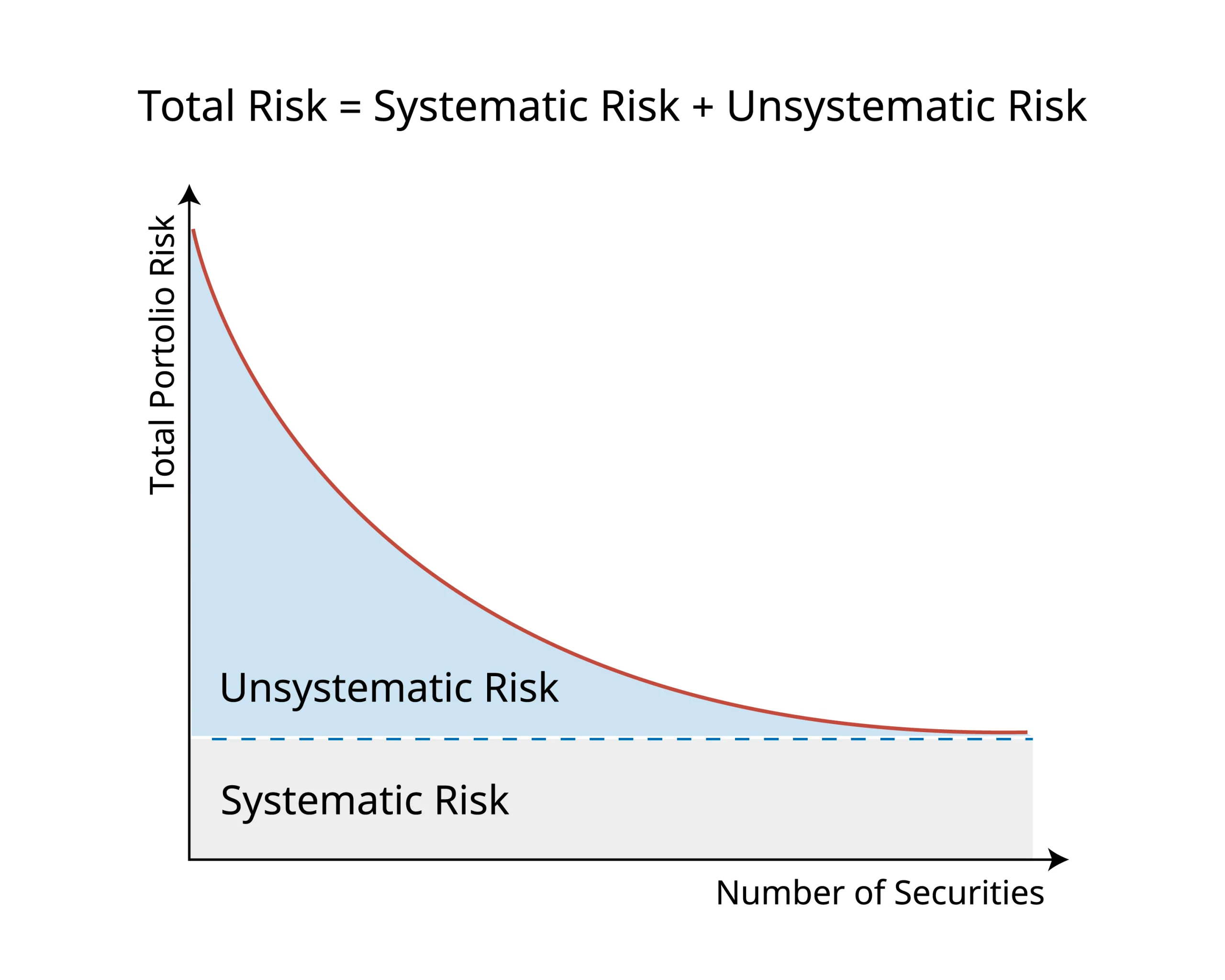Risk and diversification are important factors to consider when making any new investment. Here are some ways to understand them.
Risk is defined as the chance that an investment’s actual return will be different from what you expected. It is therefore important to understand the relationship and trade-off between risk and return, and the main factors that influence different investments.
Virtually all investment involves some degree of risk, so it is crucial that you acknowledge and accept this and find a level of risk that you are comfortable with. You may also like to look at the information available on the FCA InvestSmart web page which can be accessed via our
Useful Links.
Your ability to accept risk is known as your ‘risk capacity’ or ‘capacity for loss’. Generally, an investor who has a high proportion of capital and income wealth relative to their liabilities, and who has a long investment time horizon, will have a higher capacity for loss than someone with more limited wealth or a shorter time horizon.
Your ‘attitude to risk’ (or ‘risk appetite’) refers to the level of risk you are willing to take when selecting investments to help you achieve your objectives. It also refers to your ability to tolerate market swings (volatility) as well as the chances of suffering a complete loss. The prospect of losing money will be very distressing for some; others, however, will be more relaxed about it.
Your age and financial circumstances are just two of the factors that may influence your ability to take risk and your attitude to risk in general.



